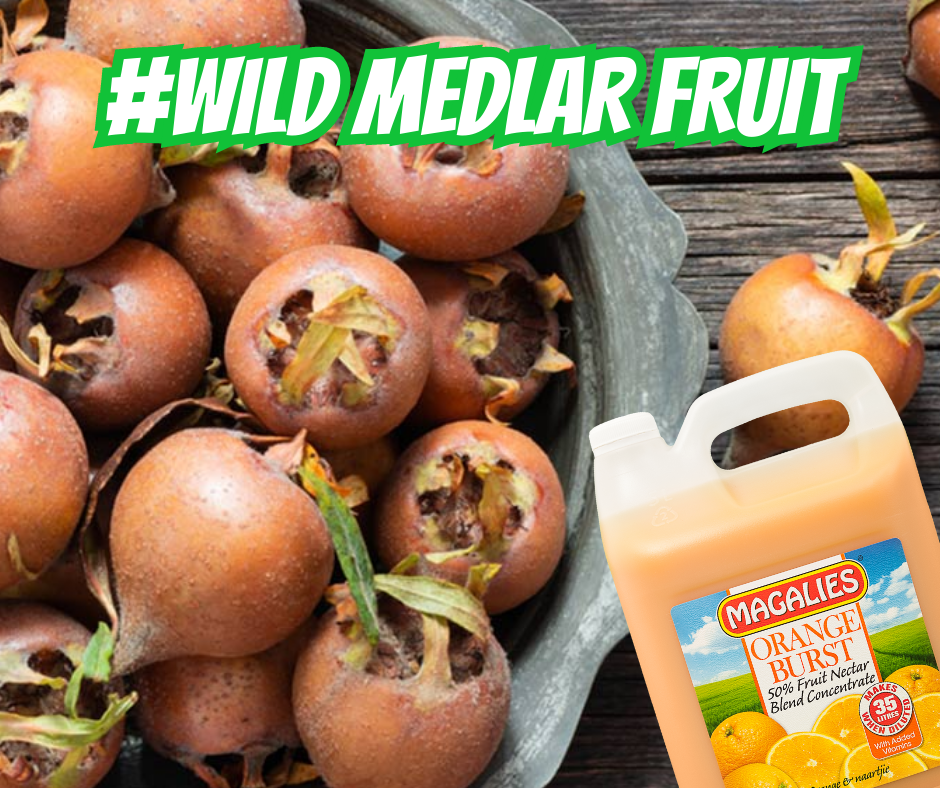by Dr. Marli Botha
There are very few pure colour names like black, white, red, blue, green or brown; most of the hundreds of words we use for colours come from things such as fruit, flowers, precious stones and other objects, for example cerise, turquoise, indigo, violet, amber…
- The citrus definitely got named first. The earliest recorded use of orange the fruit in English is from the 1300s and came to us from the Old French orenge, adapted from the Arabic nāranj, from the Persian nārang, from the Sanskrit nāranga (“orange tree”). The Sanskrit word’s origin is unclear, but it might come from a Dravidian word meaning “fragrant.”
- The word’s use as a colour name doesn’t crop up for another 200 years, in the early 1500s. English speakers probably didn’t have a specific name for the colour until the fruit was widely available in their markets and inspired one. Before then, linguists believe people generally referred to orange as “yellow-red,” ġeolurēad in Old English.
- Fact is parts of the world, especially around the equator, ripe oranges are green, never orange. As an orange matures, it is full of chlorophyll. If exposed to cool temperatures during the maturing process, chlorophyll will die off and the orange colour comes through. People living near the equator, probably haven’t ever seen an orange with an orange rind. All their oranges will have green rinds because of their warm climates. The most common ways used to colour oranges are to expose the green fruits to ethylene gas, which breaks down the chlorophyll or to expose the fruits to cold temperatures.
- Orange as a colour adjective dates from the early 16th century; therefore, we can say that the orange is called orange because it is orange, as well as orange is orange because of the orange. Does that make sense?

























